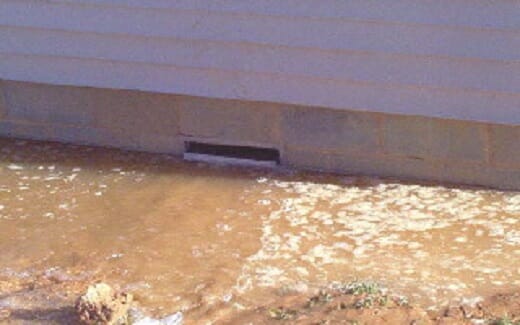-
×
 E - 1108 Heat Transfer Review for Engineers
1 × $75.00
E - 1108 Heat Transfer Review for Engineers
1 × $75.00 -
×
 E - 1130 Steel Design - Full 8 Hours course - Updated to AISC 14th edition
1 × $200.00
E - 1130 Steel Design - Full 8 Hours course - Updated to AISC 14th edition
1 × $200.00 -
×
 E - 1107 Fundamentals of Fluid Flow
1 × $150.00
E - 1107 Fundamentals of Fluid Flow
1 × $150.00 -
×
 E - 1111 Disinfection with Peroxone
1 × $50.00
E - 1111 Disinfection with Peroxone
1 × $50.00 -
×
 E - 1124 Fuel Cells–Green Power
1 × $75.00
E - 1124 Fuel Cells–Green Power
1 × $75.00 -
×
 E - 1113 Manning Equation - Open Channel Flow using Excel
1 × $100.00
E - 1113 Manning Equation - Open Channel Flow using Excel
1 × $100.00 -
×
 E - 1110 Ponds – Planning, Design, and Construction
1 × $150.00
E - 1110 Ponds – Planning, Design, and Construction
1 × $150.00 -
×
 E - 1112 Package Plants for Wastewater Treatment
1 × $50.00
E - 1112 Package Plants for Wastewater Treatment
1 × $50.00 -
×
 E - 3033 Introduction to Artificial Intelligence (AI) applications in Civil Engineering
2 × $50.00
E - 3033 Introduction to Artificial Intelligence (AI) applications in Civil Engineering
2 × $50.00 -
×
 E - 3032 Strategic Business Development for PMs
2 × $50.00
E - 3032 Strategic Business Development for PMs
2 × $50.00 -
×
 E - 3034 Building Client Relationships for Project Managers
2 × $125.00
E - 3034 Building Client Relationships for Project Managers
2 × $125.00 -
×
 Live Webinar - Structural Steel Connection Design per AISC Specification 360-16
1 × $109.00
Live Webinar - Structural Steel Connection Design per AISC Specification 360-16
1 × $109.00 -
×
 E - 3031 Introduction to Artificial Intelligence (AI) applications in Architectural Engineering
2 × $200.00
E - 3031 Introduction to Artificial Intelligence (AI) applications in Architectural Engineering
2 × $200.00 -
×
 TP - 1109 An Introduction to Impressed Current Cathodic Protection for Professional Engineers
1 × $4.99
TP - 1109 An Introduction to Impressed Current Cathodic Protection for Professional Engineers
1 × $4.99 -
×
 E - 1106 Fundamentals of Heat Exchangers
1 × $50.00
E - 1106 Fundamentals of Heat Exchangers
1 × $50.00
Subtotal: $1,863.99


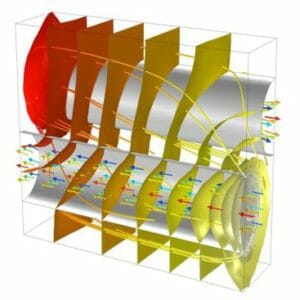 E - 1108 Heat Transfer Review for Engineers
E - 1108 Heat Transfer Review for Engineers 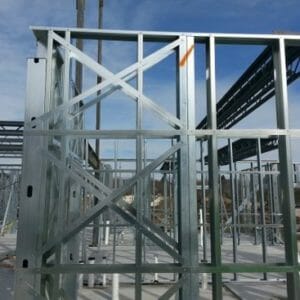 E - 1130 Steel Design - Full 8 Hours course - Updated to AISC 14th edition
E - 1130 Steel Design - Full 8 Hours course - Updated to AISC 14th edition 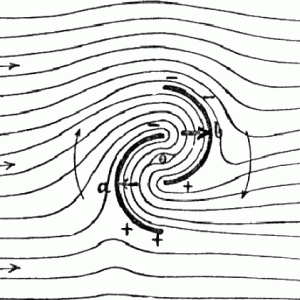 E - 1107 Fundamentals of Fluid Flow
E - 1107 Fundamentals of Fluid Flow 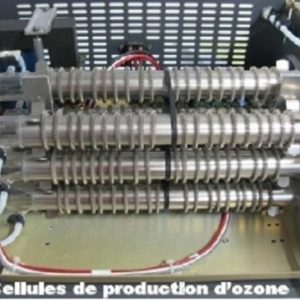 E - 1111 Disinfection with Peroxone
E - 1111 Disinfection with Peroxone  E - 1124 Fuel Cells–Green Power
E - 1124 Fuel Cells–Green Power  E - 1113 Manning Equation - Open Channel Flow using Excel
E - 1113 Manning Equation - Open Channel Flow using Excel  E - 1110 Ponds – Planning, Design, and Construction
E - 1110 Ponds – Planning, Design, and Construction 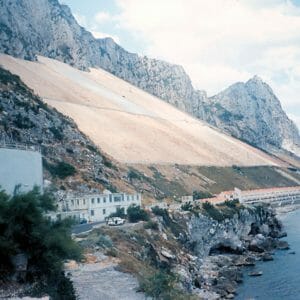 E - 1112 Package Plants for Wastewater Treatment
E - 1112 Package Plants for Wastewater Treatment  E - 3033 Introduction to Artificial Intelligence (AI) applications in Civil Engineering
E - 3033 Introduction to Artificial Intelligence (AI) applications in Civil Engineering  E - 3032 Strategic Business Development for PMs
E - 3032 Strategic Business Development for PMs  E - 3034 Building Client Relationships for Project Managers
E - 3034 Building Client Relationships for Project Managers 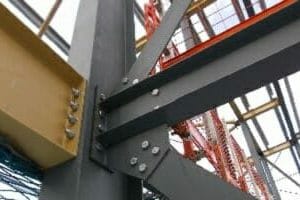 Live Webinar - Structural Steel Connection Design per AISC Specification 360-16
Live Webinar - Structural Steel Connection Design per AISC Specification 360-16  E - 3031 Introduction to Artificial Intelligence (AI) applications in Architectural Engineering
E - 3031 Introduction to Artificial Intelligence (AI) applications in Architectural Engineering  TP - 1109 An Introduction to Impressed Current Cathodic Protection for Professional Engineers
TP - 1109 An Introduction to Impressed Current Cathodic Protection for Professional Engineers  E - 1106 Fundamentals of Heat Exchangers
E - 1106 Fundamentals of Heat Exchangers 